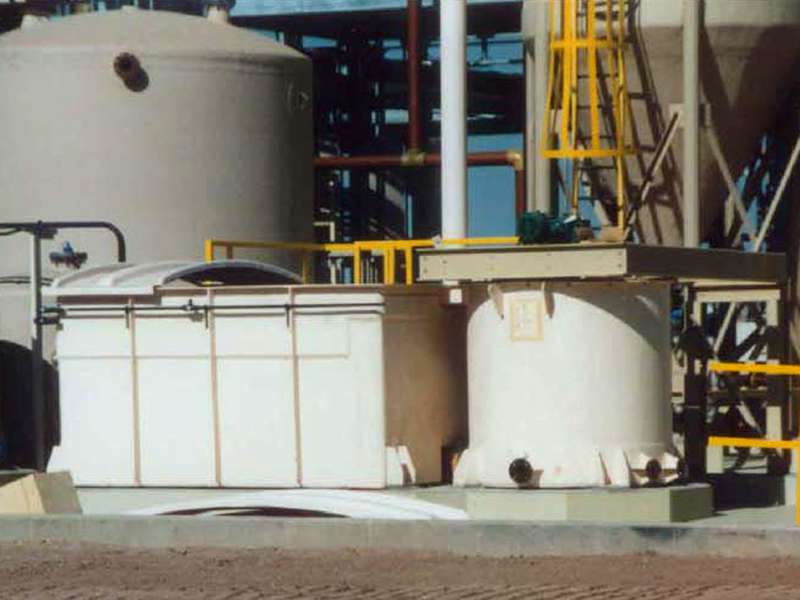
-
 Afrikaans
Afrikaans -
 Albanian
Albanian -
 Amharic
Amharic -
 Arabic
Arabic -
 Armenian
Armenian -
 Azerbaijani
Azerbaijani -
 Basque
Basque -
 Belarusian
Belarusian -
 Bengali
Bengali -
 Bosnian
Bosnian -
 Bulgarian
Bulgarian -
 Catalan
Catalan -
 Cebuano
Cebuano -
 China
China -
 China (Taiwan)
China (Taiwan) -
 Corsican
Corsican -
 Croatian
Croatian -
 Czech
Czech -
 Danish
Danish -
 Dutch
Dutch -
 English
English -
 Esperanto
Esperanto -
 Estonian
Estonian -
 Finnish
Finnish -
 French
French -
 Frisian
Frisian -
 Galician
Galician -
 Georgian
Georgian -
 German
German -
 Greek
Greek -
 Gujarati
Gujarati -
 Haitian Creole
Haitian Creole -
 hausa
hausa -
 hawaiian
hawaiian -
 Hebrew
Hebrew -
 Hindi
Hindi -
 Miao
Miao -
 Hungarian
Hungarian -
 Icelandic
Icelandic -
 igbo
igbo -
 Indonesian
Indonesian -
 irish
irish -
 Italian
Italian -
 Japanese
Japanese -
 Javanese
Javanese -
 Kannada
Kannada -
 kazakh
kazakh -
 Khmer
Khmer -
 Rwandese
Rwandese -
 Korean
Korean -
 Kurdish
Kurdish -
 Kyrgyz
Kyrgyz -
 Lao
Lao -
 Latin
Latin -
 Latvian
Latvian -
 Lithuanian
Lithuanian -
 Luxembourgish
Luxembourgish -
 Macedonian
Macedonian -
 Malgashi
Malgashi -
 Malay
Malay -
 Malayalam
Malayalam -
 Maltese
Maltese -
 Maori
Maori -
 Marathi
Marathi -
 Mongolian
Mongolian -
 Myanmar
Myanmar -
 Nepali
Nepali -
 Norwegian
Norwegian -
 Norwegian
Norwegian -
 Occitan
Occitan -
 Pashto
Pashto -
 Persian
Persian -
 Polish
Polish -
 Portuguese
Portuguese -
 Punjabi
Punjabi -
 Romanian
Romanian -
 Russian
Russian -
 Samoan
Samoan -
 Scottish Gaelic
Scottish Gaelic -
 Serbian
Serbian -
 Sesotho
Sesotho -
 Shona
Shona -
 Sindhi
Sindhi -
 Sinhala
Sinhala -
 Slovak
Slovak -
 Slovenian
Slovenian -
 Somali
Somali -
 Spanish
Spanish -
 Sundanese
Sundanese -
 Swahili
Swahili -
 Swedish
Swedish -
 Tagalog
Tagalog -
 Tajik
Tajik -
 Tamil
Tamil -
 Tatar
Tatar -
 Telugu
Telugu -
 Thai
Thai -
 Turkish
Turkish -
 Turkmen
Turkmen -
 Ukrainian
Ukrainian -
 Urdu
Urdu -
 Uighur
Uighur -
 Uzbek
Uzbek -
 Vietnamese
Vietnamese -
 Welsh
Welsh -
 Bantu
Bantu -
 Yiddish
Yiddish -
 Yoruba
Yoruba -
 Zulu
Zulu
frp valve
Understanding FRP Valves Innovations and Applications
In the realm of industrial applications, the choice of materials plays a crucial role in the efficiency, durability, and safety of equipment. One such innovation that has gained prominence in recent years is the use of Fiber Reinforced Polymer (FRP) valves. These valves are becoming increasingly popular due to their lightweight, corrosion-resistant properties, and versatility, making them ideal for various industries, including chemical, oil and gas, and water treatment.
What is FRP?
Fiber Reinforced Polymer (FRP) is a composite material made by combining a polymer matrix with reinforcing fibers, such as glass or carbon. This combination yields materials that possess several outstanding characteristics, including high strength-to-weight ratios, excellent durability, and resistance to environmental degradation. The incorporation of these properties into valve design has led to significant advancements in performance and longevity, chemical resistance, and overall system efficiency.
Advantages of FRP Valves
1. Corrosion Resistance One of the most significant advantages of FRP valves is their exceptional resistance to corrosion. Unlike traditional metal valves, which can corrode when exposed to harsh chemicals, FRP valves maintain their integrity, ensuring a longer service life and lower maintenance costs.
2. Lightweight and Easy to Install FRP valves are substantially lighter than conventional metal valves, which not only simplifies transportation but also reduces the structural load on piping systems. This lightweight nature permits easier handling and quicker installation, reducing labor costs and downtime.
3. Thermal and Electrical Insulation FRP materials provide excellent thermal insulation, minimizing heat loss in thermal fluid applications. They also offer electrical insulation, making them ideal for applications in environments where electrical conductivity may pose a risk.
4. Customization FRP valves can be tailored to meet specific requirements regarding size, shape, and chemical resistance. This level of customization allows for a seamless fit into existing systems without compromising performance.
frp valve

5. Low Lifecycle Costs While the initial investment in FRP valves may be higher than that of traditional options, their durability, lower maintenance, and corrosion resistance contribute to significantly lower lifecycle costs.
Applications of FRP Valves
FRP valves are employed across various sectors due to their versatility
- Chemical Processing In chemical plants where corrosive substances are handled, FRP valves can withstand harsh environments, preventing leaks and ensuring safety.
- Water and Wastewater Management FRP valves are commonly used in water treatment facilities, where they provide reliable operation under challenging conditions while ensuring clean water delivery.
- Oil and Gas Industry FRP valves are particularly valuable in the oil and gas sector, where the challenges of corrosive environments and fluctuating temperatures are prevalent.
- Pharmaceutical Industry The non-reactive nature of FRP makes it suitable for applications requiring high purity and strict hygiene standards.
Conclusion
As industries continue to seek more efficient, reliable, and sustainable solutions, FRP valves stand out as a leading option for modern applications. Their unique advantages over traditional materials make them an essential component in various sectors, enhancing performance and reducing operational costs. With ongoing innovations and advancements in FRP technology, the future looks promising for this remarkable material, making FRP valves a staple in the toolbox of engineers and designers worldwide. As we embrace these advancements, industries can look forward to enhanced operational efficiency and sustainability in their processes.
Latest news
-
Exploring the Benefits of Top Hammer Drifter Rods for Enhanced Drilling PerformanceNewsJun.10,2025
-
High-Precision Fiberglass Winding Machine for GRP/FRP Pipe Production – Reliable & Efficient SolutionsNewsJun.10,2025
-
FRP Pipes & Fittings for Shipbuilding - Corrosion-Resistant & LightweightNewsJun.09,2025
-
Premium FRP Flooring Solutions Durable & Slip-ResistantNewsJun.09,2025
-
Premium Fiberglass Rectangular Tanks Durable & Lightweight SolutionNewsJun.09,2025
-
Tapered Drill String Design Guide Durable Performance & UsesNewsJun.09,2025









